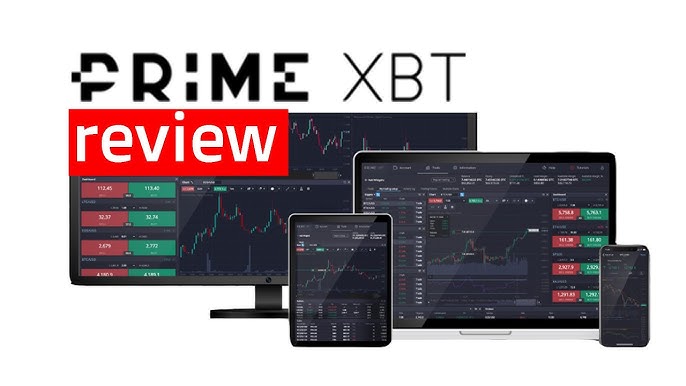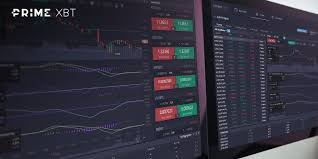Understanding How to Change Leverage on Your Trading Account

Understanding How to Change Leverage on Your Trading Account
In the fast-paced world of trading, understanding how to change leverage on your trading account is crucial for maximizing your potential profits while managing risk. Trading with leverage allows traders to control larger positions with a smaller amount of capital. However, it is also essential to recognize the risks associated with high leverage. This article will guide you through the process of altering leverage, its implications, and strategic considerations. For professional guidance and insights on margin trading, you can also visit how to change leverage on primexbt https://primexbt-traders.com/kontes/.
What is Leverage in Trading?
Leverage is a financial tool that enables traders to increase their exposure to the market without needing to commit the total capital upfront. For instance, if a broker offers a leverage ratio of 100:1, this means that for every $1 you deposit, you can control a position of $100. While leverage can magnify your gains, it also amplifies your losses, making it essential to use it judiciously.
Why Change Leverage?

There are several reasons why a trader might want to change leverage:
- Risk Management: Adjusting leverage to a lower ratio can help mitigate risk, especially in volatile market conditions.
- Trading Strategy: Different trading strategies may require different leverage levels. For instance, scalpers may favor higher leverage for quicker trades.
- Experience Level: New traders may want to start with lower leverage to build their skills and confidence.
The Process of Changing Leverage
Changing leverage on your trading account can vary depending on the broker and trading platform you are using. However, the general steps are quite similar. Here is a step-by-step guide:
- Log In to Your Account: Start by logging into your trading account. Ensure you have access to both your account settings and the trading interface.
- Navigate to Account Settings: Locate the account settings or margin settings section on your trading platform. This may vary from one broker to another.
- Select Leverage: Find the option for leverage settings. Here, you can typically see your current leverage ratio and adjust it as desired.
- Choose New Leverage Ratio: Select your new leverage ratio from the available options. Make sure to choose a ratio that aligns with your trading strategy and risk tolerance.
- Save Changes: After selecting the desired leverage, save your changes. Some platforms may require you to confirm your decision via email or through a prompt on the screen.
Considerations Before Changing Leverage
Before making any adjustments to your leverage, consider the following:
- Market Volatility: In highly volatile markets, lower leverage may be advisable to avoid rapid losses.
- Account Balance: Ensure your account balance can support the margin requirements for the new leverage.
- Trading Plan: Reassess your trading plan and see how the new leverage fits into your overall strategy.

Benefits of Adjusting Leverage
Changing leverage can provide several benefits:
- Increased Flexibility: Adjusting leverage affords you more control over your positions based on your trading strategy.
- Better Risk Management: Lowering leverage helps in managing risk and reducing potential losses.
- Improved Focus: With the right leverage, you can concentrate better on your trades instead of worrying excessively about margin calls and liquidations.
Common Mistakes to Avoid When Changing Leverage
While altering leverage is straightforward, traders often make mistakes:
- Ignoring Risk Management: Some traders increase leverage without considering the risks involved.
- Not Testing New Settings: Failing to practice new leverage settings in a demo account can lead to costly mistakes.
- Overtrading: Higher leverage may encourage impulsive trading decisions, which can be detrimental.
Conclusion
Knowing how to change leverage on your trading account is a vital skill that can greatly impact your trading performance. By understanding the implications of different leverage ratios and adjusting them according to your trading strategy and risk tolerance, you can enhance your trading experience. Always keep an eye on market conditions, your account balance, and your overall trading plan. By making informed decisions around leverage, you empower yourself to trade more effectively and responsibly.